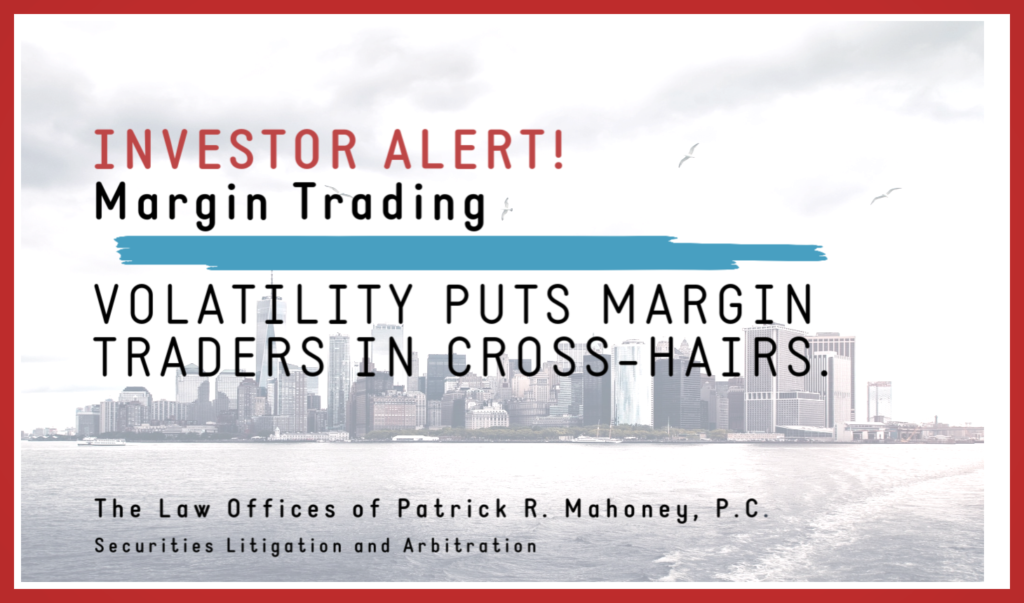Recent Volatility Puts Margin Traders at Risk

With the influx in volatility and the arrival of the U.S. stock market’s first Bear Market in more than a decade, those trading on margin may be exposed to forced liquidations and/or margin calls following the market’s recent, aggressive selloff. Broker-dealers require those trading on margin to maintain as collateral a specified percentage of qualified assets to ensure traders are always able to cover the borrowed margin balance.
When the value of the qualified assets used as collateral against the borrowed margin balance abruptly falls, their value may fall below the threshold the broker-dealer requires to maintain the margin. This can trigger a margin call, which requires the trader to make available additional qualified assets to ensure they are able to cover the borrowed margin sum.
In some cases, the broker-dealer may proceed with a forced liquidation, which enables it to unilaterally sell the trader’s assets to protect itself from the possibility that trader’s qualified assets are insufficient to cover the amount the trader has borrowed through margin.
As of the date of this post, the S&P 500 has fallen roughly 25% since January 1, 2020, with sky-high volatility over that period. Traders with margin balances combined with rapid falling prices of their collateralized assets, can find themselves facing margin calls and/or forced liquidations that can leave them owing the broker-dealer sums necessary to repay it the amount the trader borrowed using margin. This can give rise to litigation.
